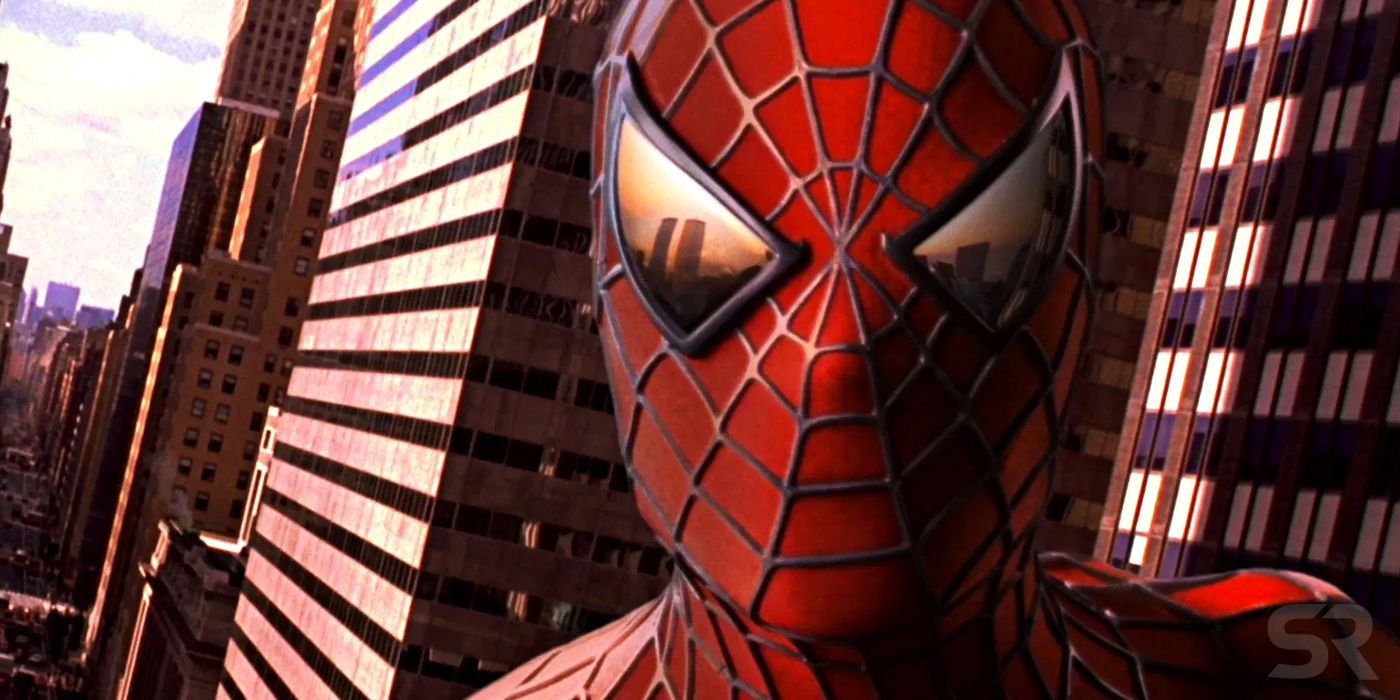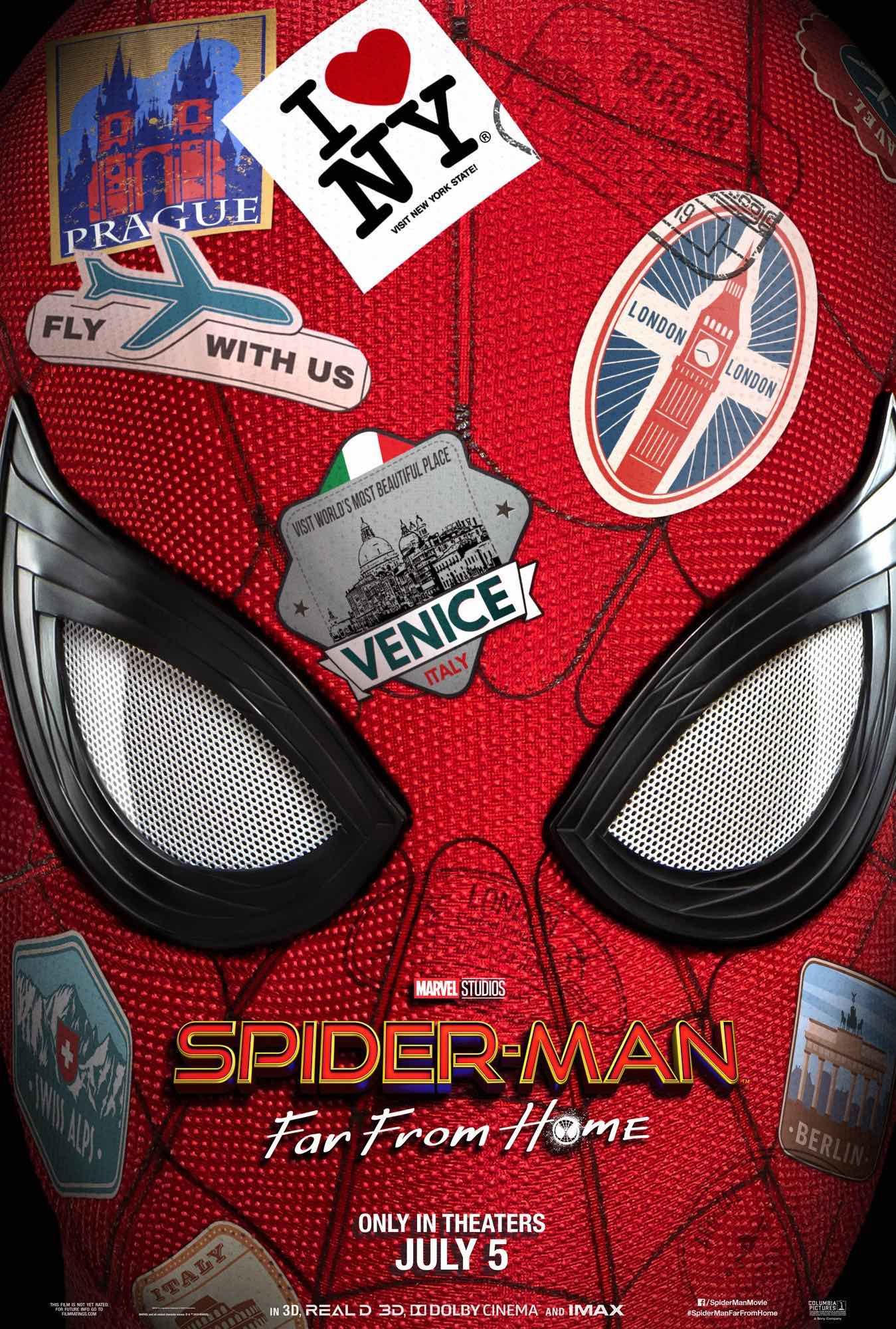The Twin Towers still appear in one shot of Sam Raimi's Spider-Man. The marketing for the very first Spider-Man movie kicked off in 2001, and the first teaser trailer was viewed as one of the most successful pieces of visual marketing since Terminator 2. It featured a stunning set piece in which the wall-crawler had built a web between the Twin Towers to catch crooks escaping in a helicopter, one of the most creative uses of New York architecture in cinematic history.
This trailer was in Summer 2001, just four months before the tragedy of September 11, 2001, when the Twin Towers fell, and the New York skyline - and the world - was changed forever. Sony pulled the teaser immediately, along with the first poster that showed the towers reflected in Spider-Man's eyes. The Marvel film was far from the only upcoming release to face this problem; Men in Black II cut scenes featuring the Twin Towers, while Zoolander digitally erased them. On the small screen, even Power Rangers was affected. But the issue was particularly poignant for Sam Raimi's Spider-Man, which treated New York City almost as a character in its own right. Sony attempted to delete any reference to the Twin Towers in the film itself, and new scenes were added stressing New York's unity in the face of adversity.
For all Sony's effort, they weren't entirely successful; there's one brief scene in Spider-Man where the Twin Towers are visible, reflected in the eye-lenses of Spider-Man's mask. It comes at the end of an extended montage showing New York's reaction to the new hero, culminating in Spider-Man clinging to the side of a wall and staring out at his city. It's the same shot shown at the end of that first teaser trailer, where Spider-Man was originally looking at the web he had made.
It's likely that, due to the complexity of the visual effect (the camera zooms out of the reflection of the towers in Spider-Man's eye lens), it would have been harder to digitally erase this moment of iconography in a necessary shot. It also may well be that the editors scrubbed the main scene, and simply didn't consider the reflection.
There's a curious ethical debate over whether or not studios like Sony did the right thing in trying to erase the Twin Towers from their films. 9/11 left the United States reeling in pain, and that it took the country years to process its collective trauma and grief. This hurried decision feels as though it represents the first stage of this grief, denial. That's not necessarily a bad thing; a degree of escapism is helpful, after all. However, some films such as Kissing Jessica Stein and Sidewalks of New York chose not to remove the Twin Towers, and they weren't criticized for doing so; in fact, there are accounts of people cheering in the cinemas when they saw them.
It is, however, so very appropriate that the stories of the Twin Towers and the first Spider-Man movie are interwoven. Peter Parker delights in calling himself "Your Friendly Neighborhood Spider-Man," and 9/11 shook that neighborhood to the core. Viewed through the lens of time, that brief glimpse of the Twin Towers carries an emotional weight it could never have been intended to have. It feels as though Spider-Man is looking at the ghost of past tragedy, resolving not to let it be repeated, adding new poignancy to his creed that with great power comes great responsibility.


